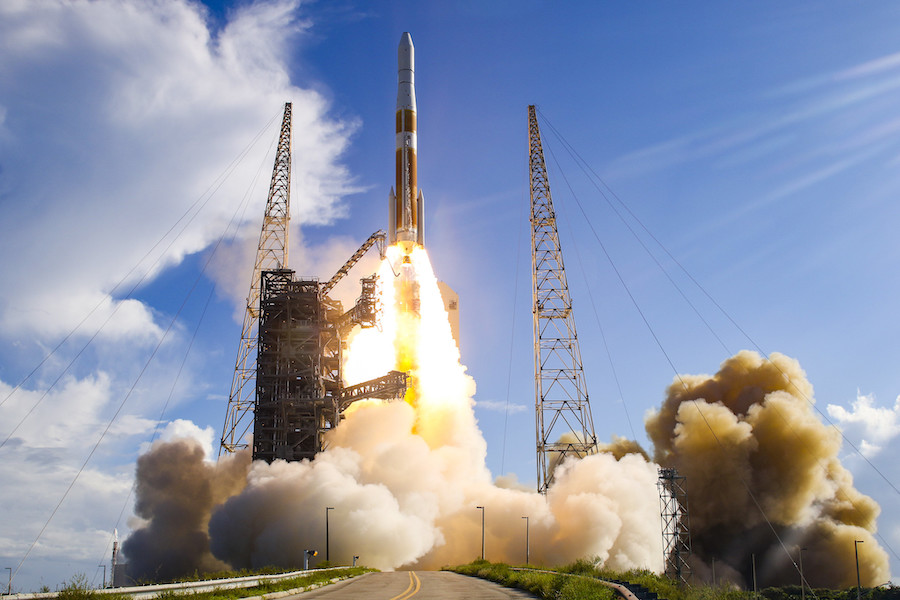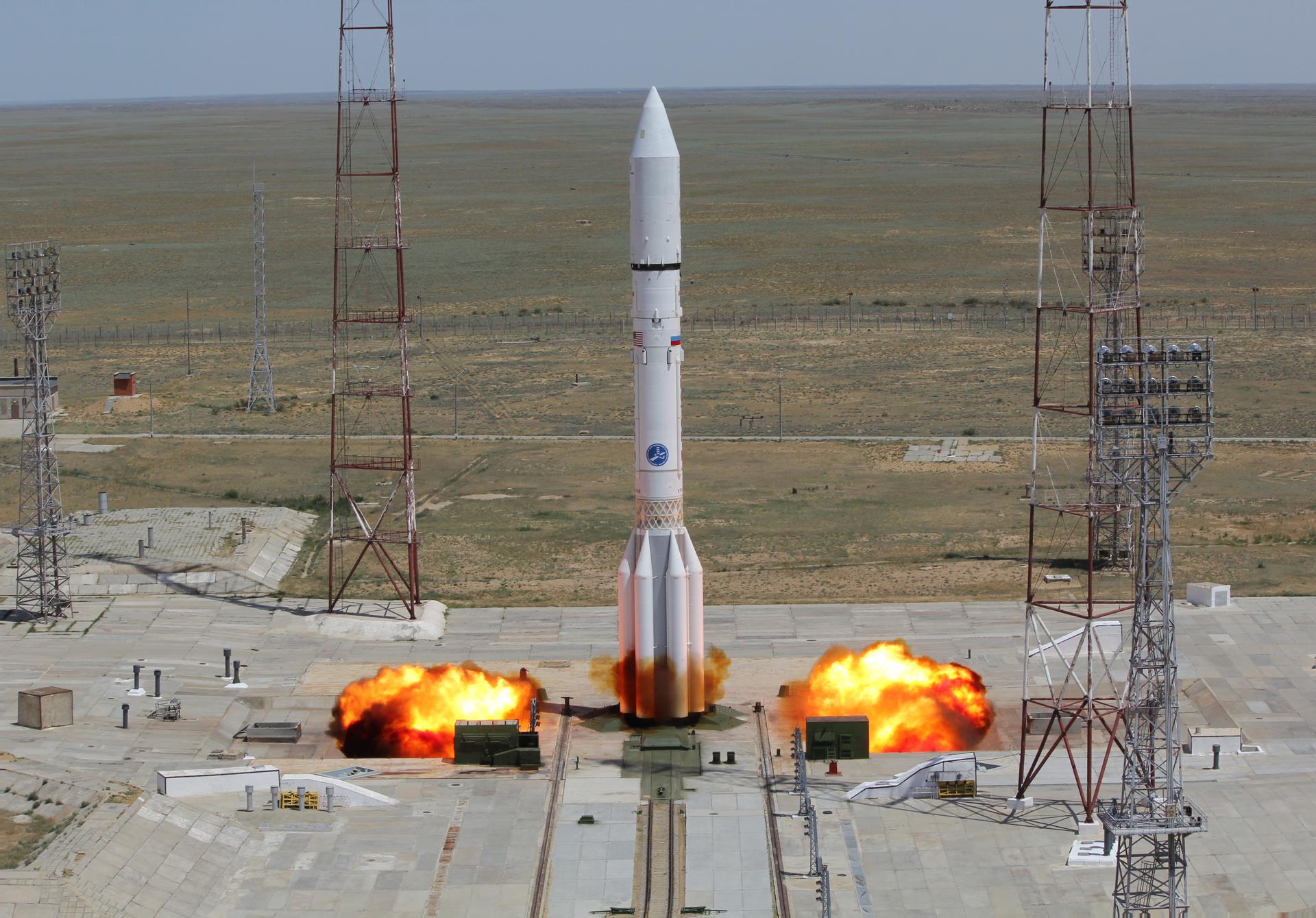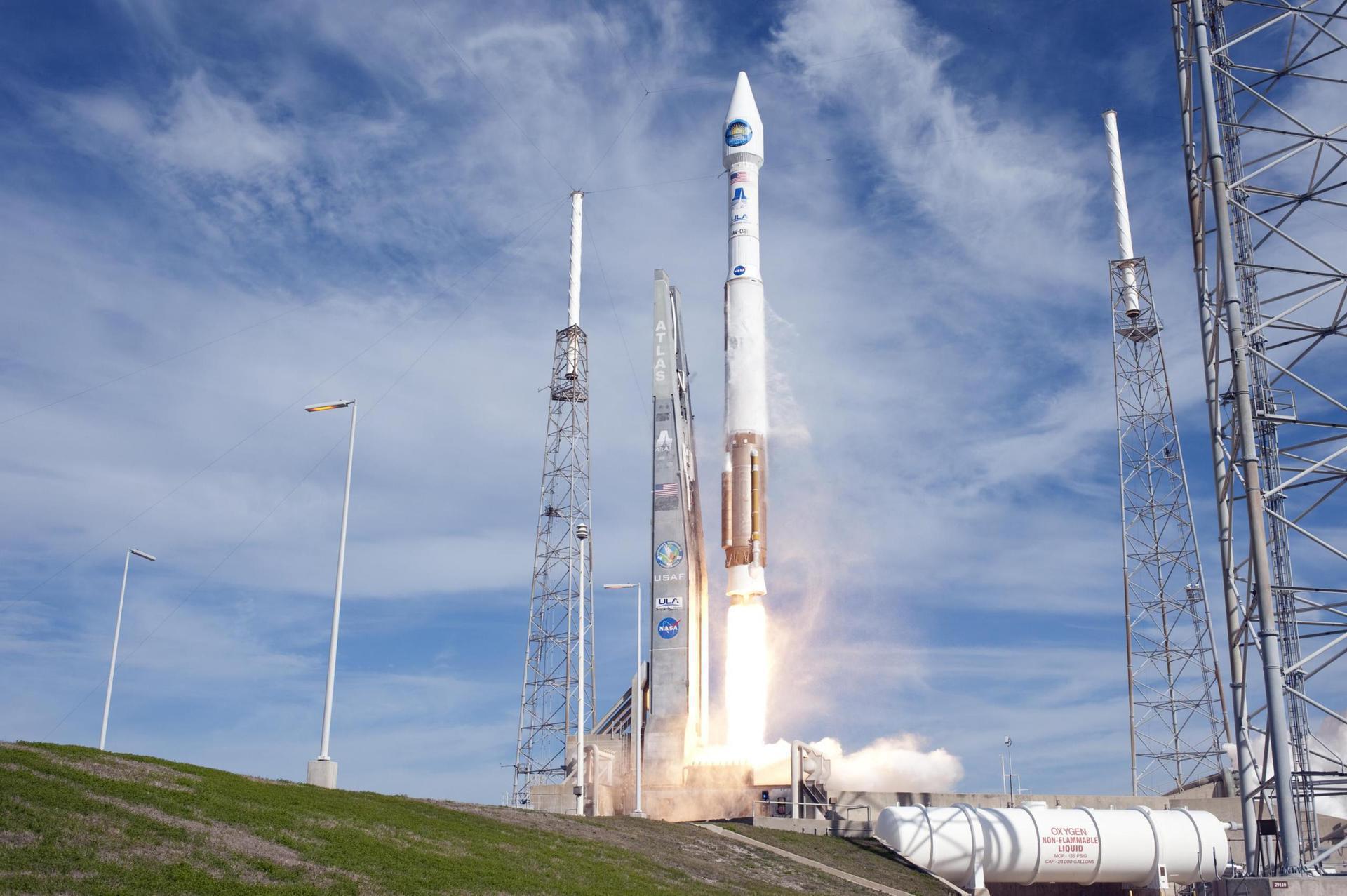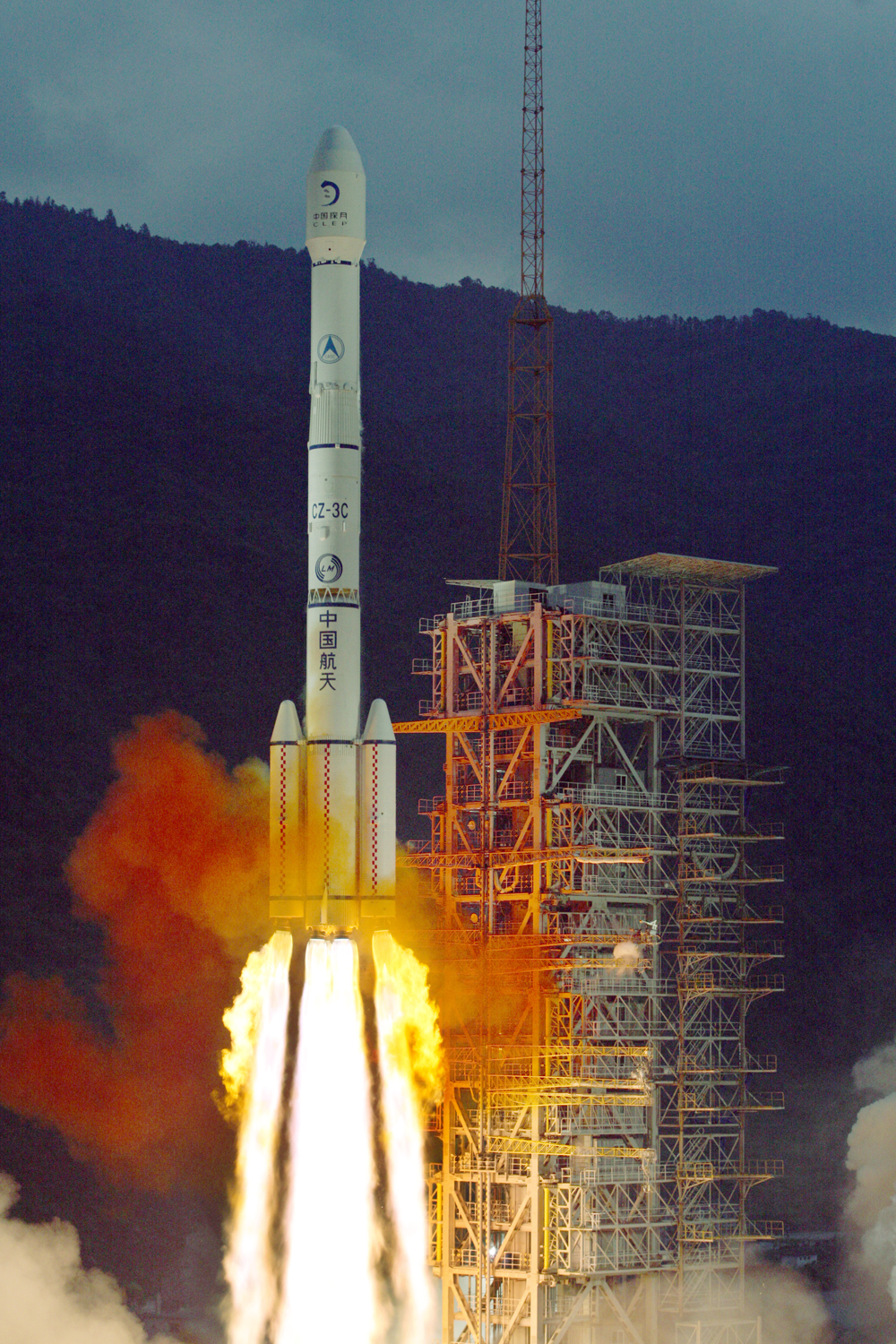Previous Spaceflight Launches
Filter by Agency, Locations or Vehicles
Show All LaunchesDelta IV M+(4,2) | GOES-P (GOES 15)
United Launch Alliance | United States of AmericaCape Canaveral SFS, FL, USA
March 4, 2010, 11:57 p.m.
Proton-M/DM-2 Enhanced | 3 x Glonass-M (Kosmos 2459, Kosmos 2460, Kosmos 2461)
Khrunichev State Research and Production Space Center | RussiaBaikonur Cosmodrome, Republic of Kazakhstan
March 1, 2010, 9:19 p.m.
Status: Launch Successful
Mission:
Glonass-M, also known as Uragan-M, are the second generation of Uragan satellite design used for GLONASS satellite navigation system. GLONASS is a Russian space-based navigation system comparable to the similar GPS and Galileo systems. This generation improves on accuracy, power consumption and design life. Each satellite weighs 1415 kg, is equipped with 12 L-band antennas, and has an operational lifetime of 7 years.
Medium Earth OrbitProton-M / Briz-M Enhanced | Intelsat 16
Khrunichev State Research and Production Space Center | RussiaBaikonur Cosmodrome, Republic of Kazakhstan
Feb. 12, 2010, 12:39 a.m.
Atlas V 401 | SDO (Solar Dynamics Observatory)
United Launch Alliance | United States of AmericaCape Canaveral SFS, FL, USA
Feb. 11, 2010, 3:23 p.m.
Status: Launch Successful
Mission:
The Solar Dynamics Observatory (SDO) is a NASA mission which is observing the Sun. SDO is a three-axis stabilized spacecraft, with two solar arrays, and two high-gain antennas, in an inclined geosynchronous orbit around Earth.
Enhanced Geostationary Transfer OrbitSpace Shuttle Endeavour / OV-105 | STS-130
National Aeronautics and Space Administration | United States of AmericaKennedy Space Center, FL, USA
Feb. 8, 2010, 9:14 a.m.
Status: Launch Successful
Mission:
STS-130 was an ISS assembly flight with the primary payloads being the Tranquility module and the Cupola observatory. The mission began on February 8th 2010 at 09:14 UTC launching Commander George D. Zamka, Pilot Terry Virts, Mission Specialist 1 Kathryn P. Hire, Mission Specialist 2 Stephen K. Robinson, Mission Specialist 3 Nicholas Patrick & Mission Specialist 4 Robert L. Behnken to orbit. They docked with the ISS 2 days after launch. During the mission 3 spacewalks were conducted to install the Tranquility module. On day 6, the wake-up song played to the ISS crew was "The Ballad of Serenity" by Sonny Rhodes, the theme for science fiction show Firefly, and was played for Robert Behnken. The mission concluded after 13 days & 18 hours on February 22nd 2010 at 03:22:10 UTC.
Low Earth OrbitSoyuz-U | Progress M-04M (36P)
Russian Federal Space Agency (ROSCOSMOS) | RussiaBaikonur Cosmodrome, Republic of Kazakhstan
Feb. 3, 2010, 3:45 a.m.
Proton-M / Briz-M Enhanced | Globus-1M #12L (Raduga-1M 2)
Khrunichev State Research and Production Space Center | RussiaBaikonur Cosmodrome, Republic of Kazakhstan
Jan. 28, 2010, 12:18 a.m.
Long March 3C | Compass-G1
China Aerospace Science and Technology Corporation | ChinaXichang Satellite Launch Center, People's Republic of China
Jan. 16, 2010, 4:12 p.m.
Proton-M | DirecTV 12
Khrunichev State Research and Production Space Center | RussiaBaikonur Cosmodrome, Republic of Kazakhstan
Dec. 29, 2009, 12:22 a.m.
Soyuz-FG | Soyuz TMA-17
Progress Rocket Space Center | RussiaBaikonur Cosmodrome, Republic of Kazakhstan
Dec. 20, 2009, 9:52 p.m.
Status: Launch Successful
Mission:
Soyuz TMA-17 begins Expedition 22 by carrying 3 astronauts and cosmonauts to the International Space Station. Russian Commander, cosmonaut Oleg Kotov alongside Flight Engineers, Timothy Creamer (NASA) & Soichi Noguchi (JAXA) will launch aboard the Soyuz spacecraft from the Baikonur Cosmodrome in Kazakhstan and then rendezvous with the station. It landed on June 2, 2010, 03:25 UTC
Low Earth Orbit







